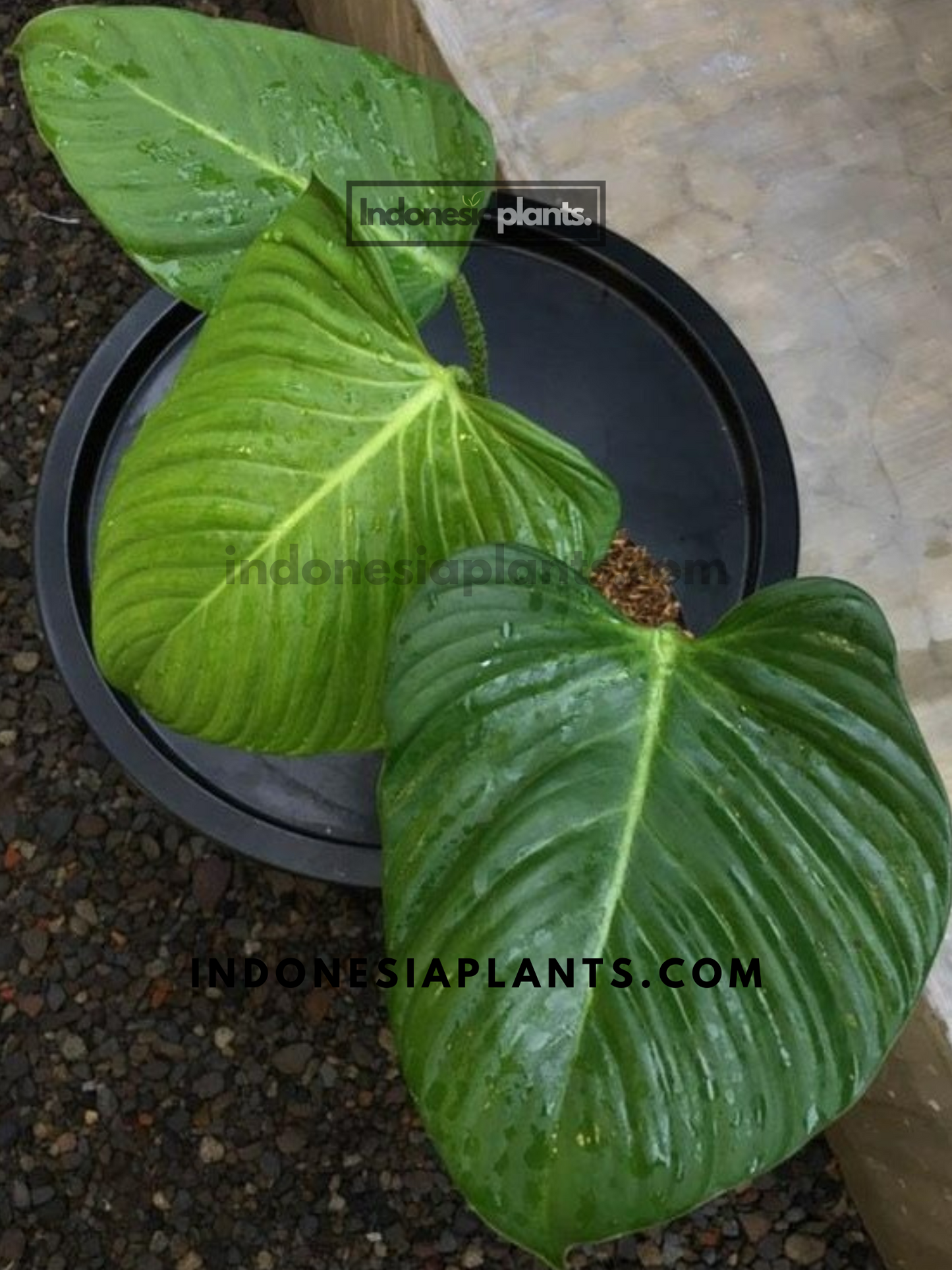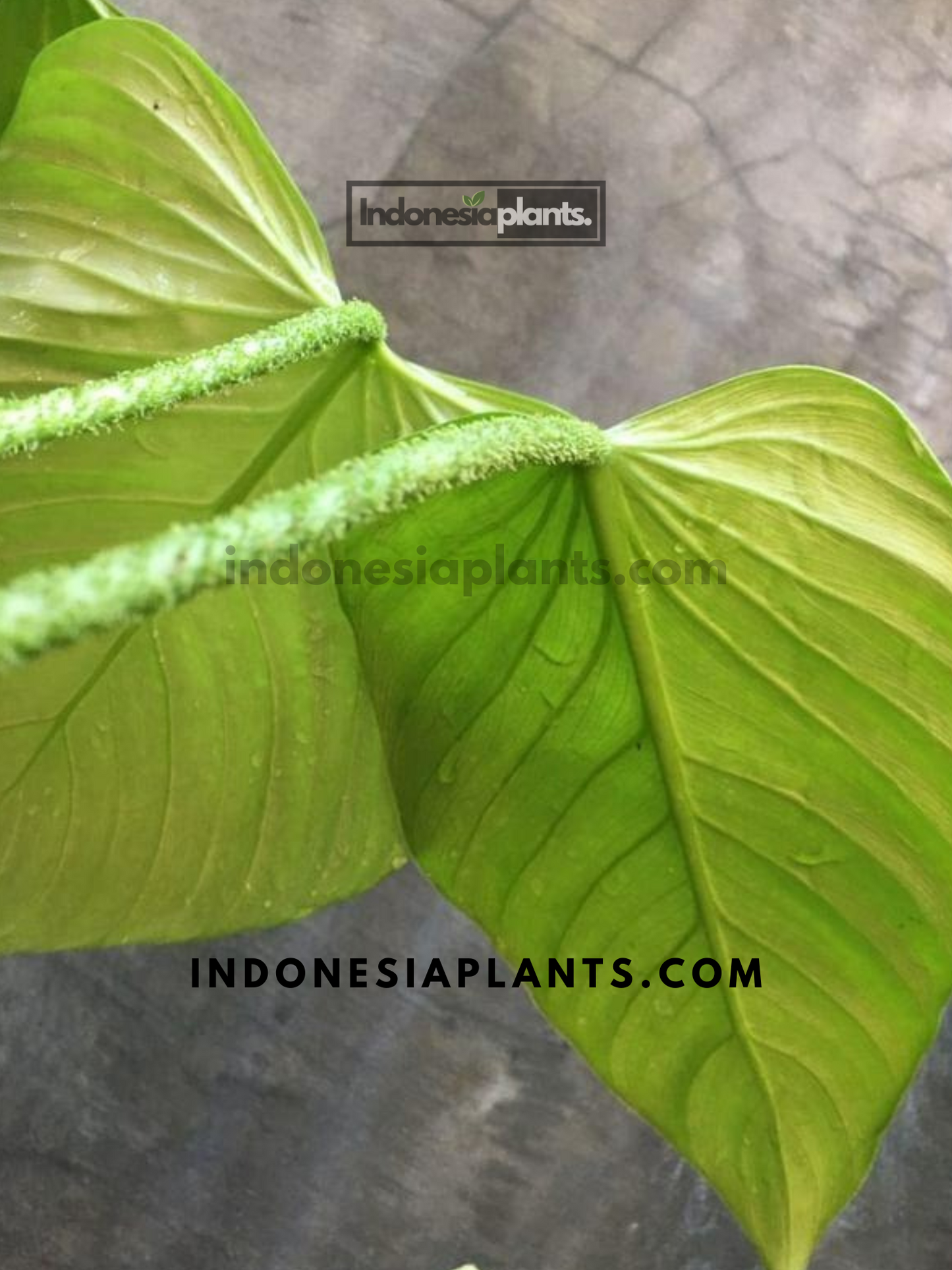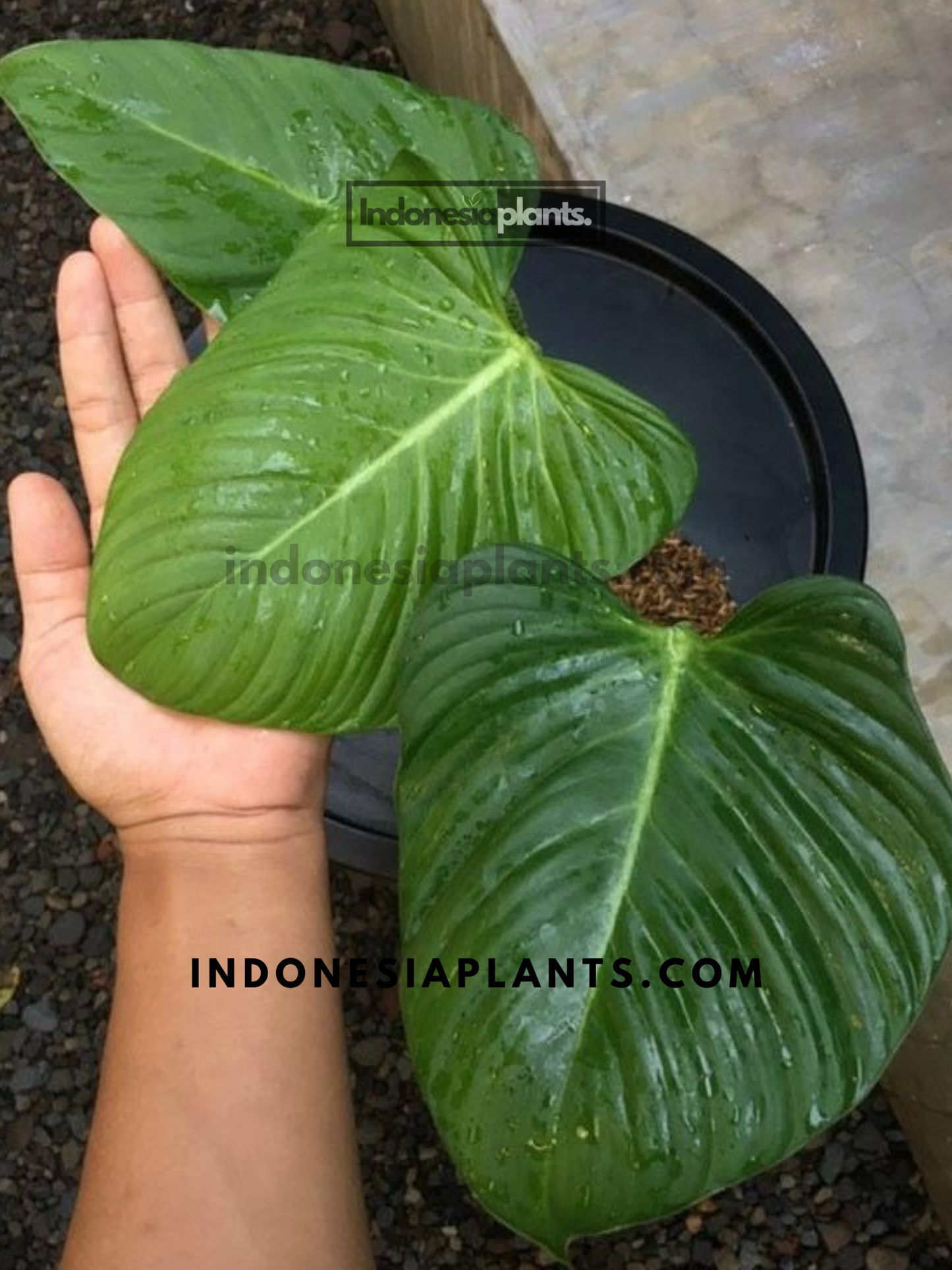indonesiaplants
Philodendron Fuzzy Petiole
Philodendron Fuzzy Petiole
Couldn't load pickup availability
See photos for reference of the plant features only. Sent to you more likely as featured with descriptions below:
Minimum of 3 leaves
Rooted not cuttings
Philodendron Fuzzy Petiole: A Touch of Texture for Your Indoor Garden
The Philodendron Fuzzy Petiole stands out with its distinctive fuzzy petioles and beautiful glossy heart-shaped leaves. As an easy-to-care-for tropical plant, it brings a unique texture to your collection. Its charming appearance, combined with its low-maintenance care, makes it a favorite among plant enthusiasts.
Key Characteristics of Philodendron Fuzzy Petiole:
- Fuzzy Petioles: One of the most unique features of this plant is its soft, velvety petioles, which give it an interesting texture.
- Heart-Shaped Leaves: The glossy, dark green leaves are heart-shaped and elegant, making it a beautiful addition to any space.
- Compact Growth Habit: Suitable for smaller spaces, this plant’s growth is moderate and perfect for indoor gardening.
Myth #1: The “fuzz” is just decoration.
Fact: Those plush, bristled petioles are functional. The tiny hairs help reduce abrasion and create a micro-layer of still air along the stalk, which can keep tender tissues happier in moving air. It’s the signature trait that makes Philodendron Fuzzy Petiole instantly recognizable on a shelf or in a photo.
Myth #2: It’s the same as the red-haired philodendrons.
Fact: Several aroids show hairy petioles, but Fuzzy Petiole is prized for its plush, velvety bristles and its broad, heart-shaped blades that often look slightly puckered or softly bullate as they mature. Juvenile leaves are smaller and flatter; with steady light and a bit of height, the blades broaden and the texture reads rich and tactile. Petiole color can range from green to pinkish blush depending on light and age (natural variation).
Myth #3: Hairy petioles = low-light lover.
Fact: It thrives in bright, diffused daylight. East-window glow or any luminous zone behind sheers is ideal. Consistent luminance tightens internodes, encourages broader leaves, and preserves that plush, healthy petiole look. Deep shade leads to elongated spacing and flatter presentation; harsh, unfiltered midday sun can mark tender tissue.
Myth #4: More water makes it grow faster.
Fact: Air first, even moisture second. Use an oxygen-forward aroid blend (chunky bark + coco fiber/coir + pumice/perlite with a light sphagnum buffer). Water thoroughly when the top 2–3 cm (≈1 in) dries, then allow full drainage. A calm, repeatable cadence prevents edge crisping and keeps new leaves unfurling cleanly.
Myth #5: The fuzz collects dust, so skip grooming.
Fact: Gentle grooming matters. Wipe blades with a soft cloth and dust petioles with a clean, dry brush. This keeps the sparkle of the hairs visible in photos and avoids dulling the plant’s tactile appeal.
Habit & Display
A climber by nature, it looks most architectural when you guide the main stem on a slim moss pole, coco totem, or a flat cedar board. Keeping the stem close to the support shortens internodes and increases leaf size. For depth in a small footprint, let a secondary shoot arc softly while the leader climbs—one part structured, one part sculptural.
Care Capsule (Quick, Repeatable Rhythm)
- Light: Bright, indirect all day; filter strong noon beams. If spacing stretches, increase overall brightness (still filtered) rather than feeding more.
- Water: Trigger on dry-back at the surface; soak and drain completely. Avoid boom-and-bust cycles.
- Mix: Chunky, airy aroid substrate as above; refresh the top layer if it compacts.
- Climate: ~18–29 °C (65–85 °F); ~50–70% RH with gentle airflow. A mild humidity bump refines unfurls and maintains petiole plushness.
- Nutrition: Light, regular feeding at ¼–½ strength in active months for steady sizing and color clarity.
- Training: Soft ties at each node; rotate a quarter-turn every two weeks for balanced exposure.
- Pet note: As with many aroids, place out of nibbling reach.
Troubleshooting Quick Read
- Long gaps / smaller leaves: Raise even luminance; keep the stem tight to its support.
- Crisped margins: Typically late watering or dry drafts—tighten cadence, soften airflow.
- Dull, flat look: Check light first; then resume light feeding and refresh the mix for aeration.
Styling Notes
Pair the plush petioles and satin leaves with matte stone, sand, ecru, or charcoal planters. Side-lighting skims the bristles so they glow subtly, turning a close-up into a tactile, scroll-stopping moment. For a refined vignette, contrast with a velvety Anthurium or a silver-patterned Philodendron brandtianum—texture dialogue without clutter.
Kindly reach out to us at indonesiaplants@gmail.com if you have difficulties in your purchase or have any questions.







